Thanks to my Australian penpal today I bring you another folly from the Schloss Nymphenburg park in Munich, the Pagodenburg (click on the link for an amazing 3d tour of the building and the pretty view it faces).
Designed by Jospeh Effner and finished in 1719 as a royal teahouse in the gardens of the palace, the rococo exterior gives way to an exotic Chinoiserie interior.
The lower level of the octagonal building is lined with over 2,000 delft tiles with a ceiling mural in the same blue & white color scheme.
The tracery moulding framing the tiles would have been originally gilded as in other areas of the room. Above you see it during restoration in white which I think I personally prefer. Remember though that 'more is more' in the rococo language!
Upstairs the plan is split into two rooms. One has fantastic wallpaper, an inlaid floor, and gilded wall decorations and ceiling.
The little emerald green silk covered bed looks like a perfect spot for a post-lunch nap.
The niche's painted silk wallpaper is intense and dramatic.
The other half of the 2nd floor contains an ebony and red lacquered room with the same parquet floor. Just imagine what a cute little house this would make! Read more about the Nymphenburg palace and gardens on wikipedia HERE.
Subscribe to:
Post Comments (Atom)

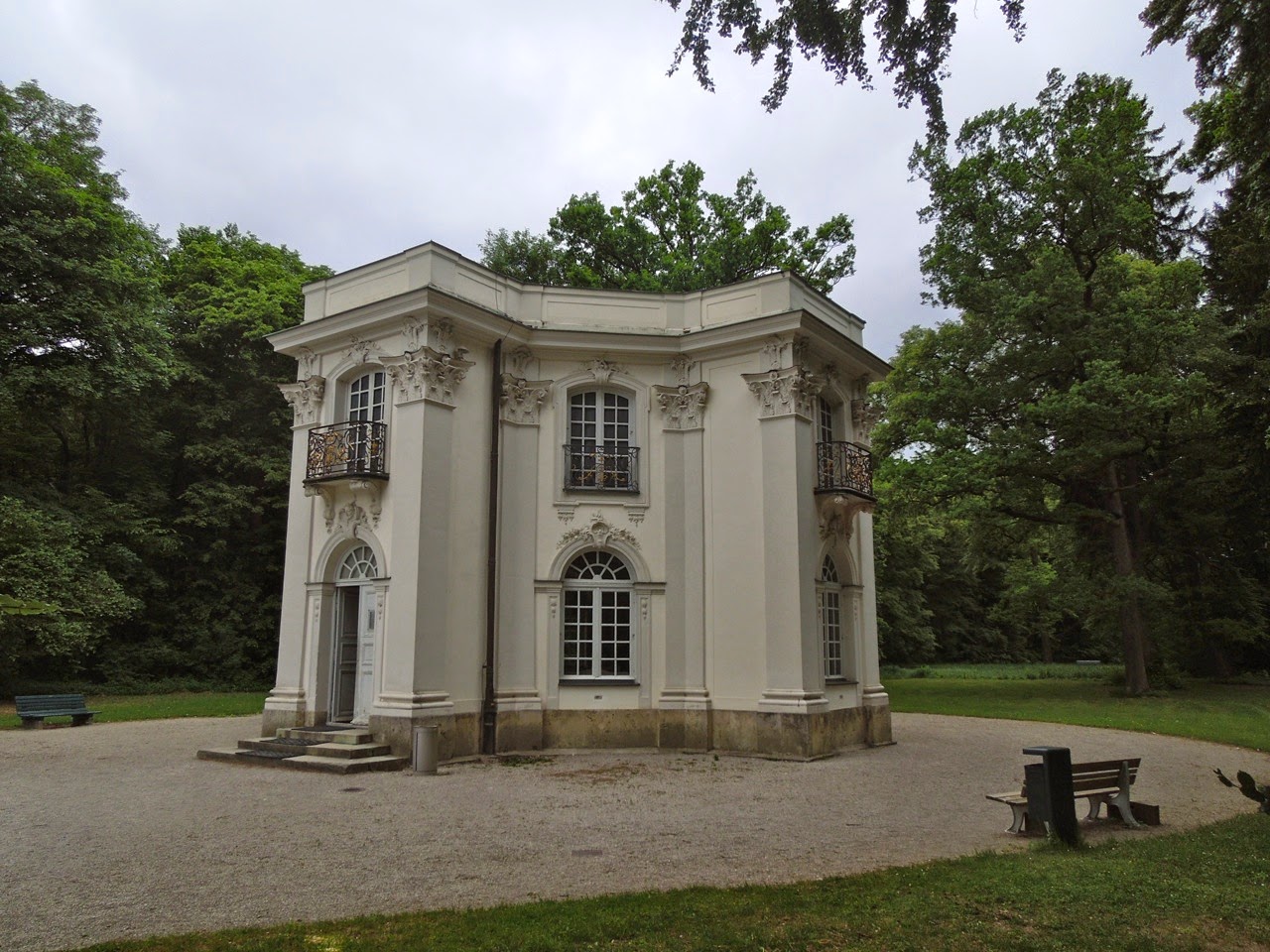




























































































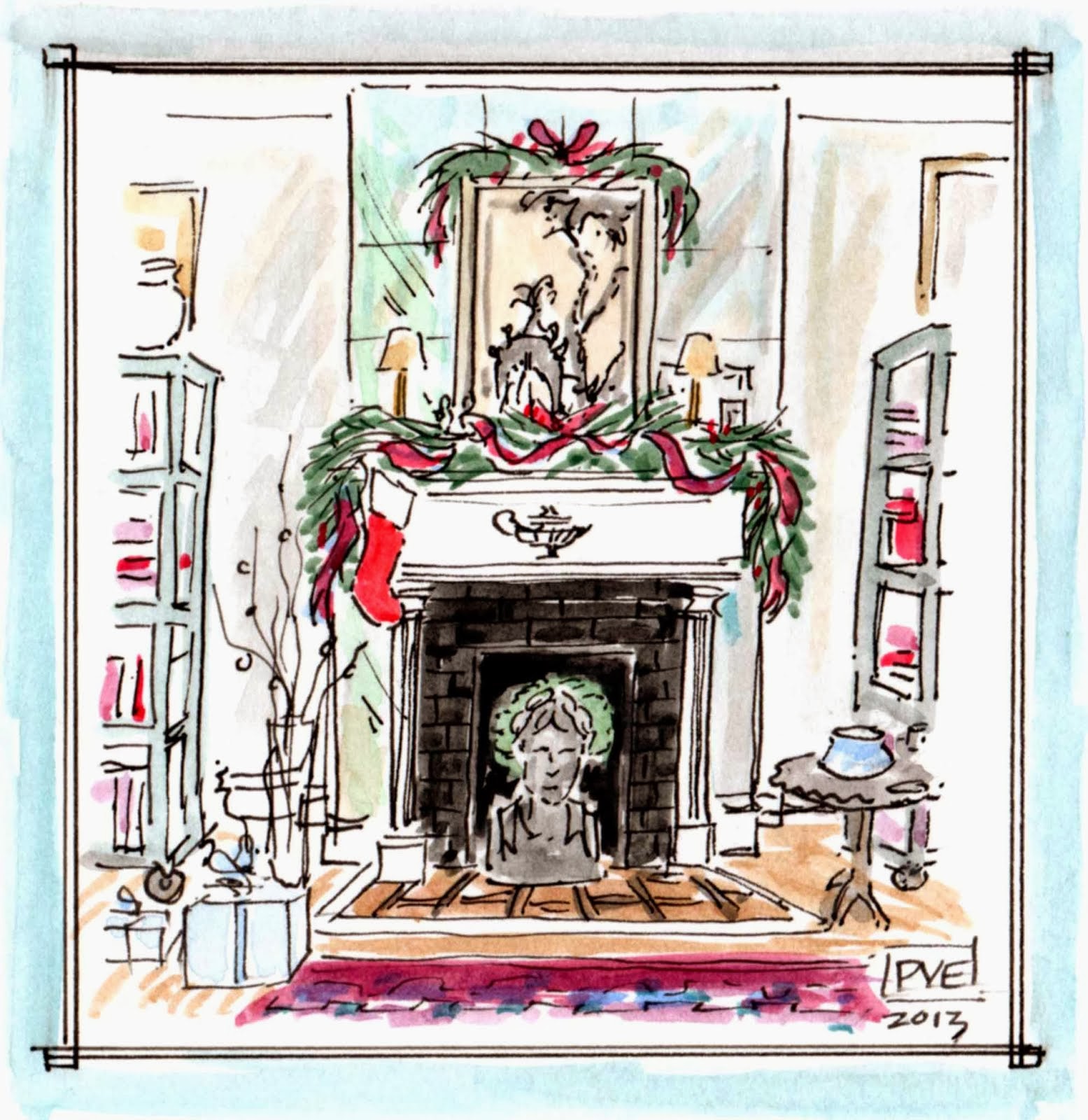




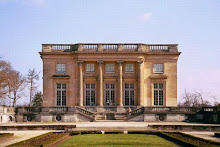
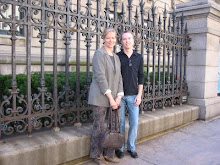



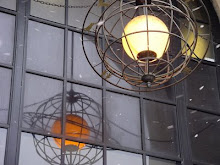
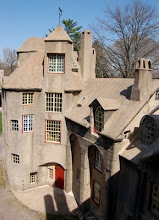

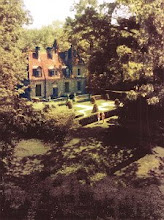


9 comments:
So charming, delicious - nearly edible!
I used to think that tea rooms were simple structures, built for one purpose. But the interior photos show chairs, tables, beds, reading space, strolling, views and every other recreational activity that would appeal to the early 18th century. Love it!
Ahhh the ceiling the delft tiles and and the painted silk wallpaper, a very special folly!
xoxo
Karena
The Arts by Karena
Stefan, these recent posts with images supplied by your pen-friend have been positively delightful, but this one on the Pagodenburg takes the prize! Could anything be more complete in its manifestation of enlightened whimsy? The whole thing just bowls me over. And don't let's have any more complaints from the peanut gallery where anything rococo is considered suspect. As an example of a specific era, this is one of the best of its kind--and in the end, that it was matters most, whatever one's personal preferences.
Hi, Stefan,
If I didn't know better, I would have guessed that all the tile work was Portuguese. The 360-degree view of the grounds reveals what a delightful retreat this is within such a vast property!
Gorgeous! How do I recreate that in mini? Just kidding!
Stefan,
I so enjoyed this post ... The Royal tea house building is a beautiful folly more like a magical fantasy! I'm mesmerized by the ceiling mural, I used to paint murals in homes and all I can say is B-R-E-A-T-H-T-A-K-I-N-G, yes I'm that impressed.
Vera
What a gorgeous post and fabulous building! Love how decorative it is!! Xo Nancy
For some reason I didn't notice this post when I was looking at the Badenburg one the other day. Great to see the image of the room with the lacquer panels and the Chinese paintings set into the wall paneling. This seems to be how Chinese wallpaper originated: first Europeans began to incorporate Chinese lacquer and textiles and paintings into their wall paneling - around the end of the seventeenth and the beginning of the eighteenth century - and then some bright spark seems to have had the idea to get the Chinese painters to produce panoramic sets of wallpaper that would cover the whole wall. But when exactly that transition happened is something we still don't really know. The earliest surviving Chinese wallpapers that are actually wallpapers rather than sets of pictures date from around 1750, so perhaps the transition took place at some point in the 1740s. So wonderful to see these 'ancestors' of Chinese wallpaper at the Pagodenburg as well as some actual Chinese wallpapers at the Badenburg. I must try to get myself over there to see them in the flesh.
Post a Comment